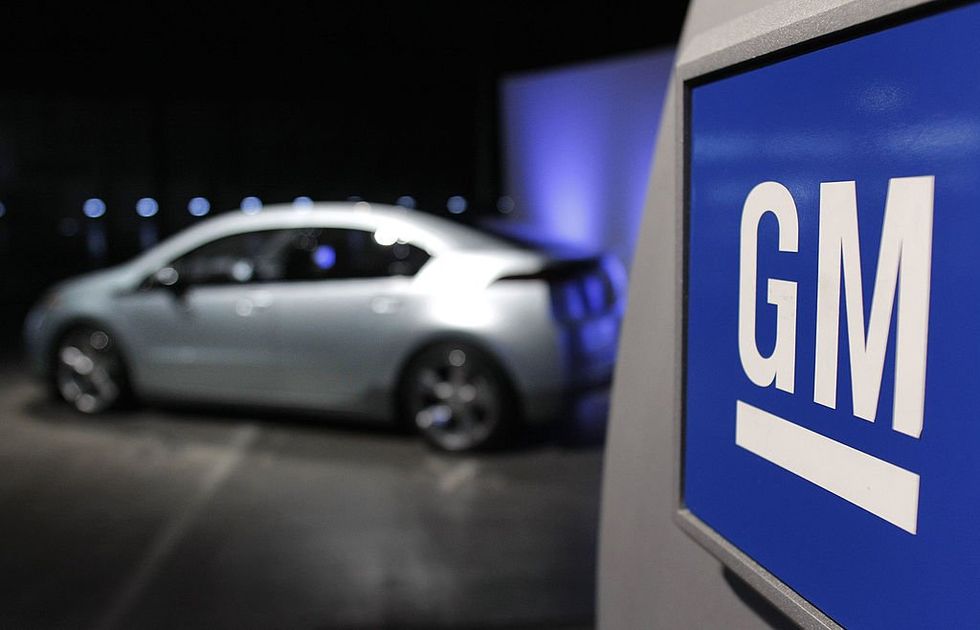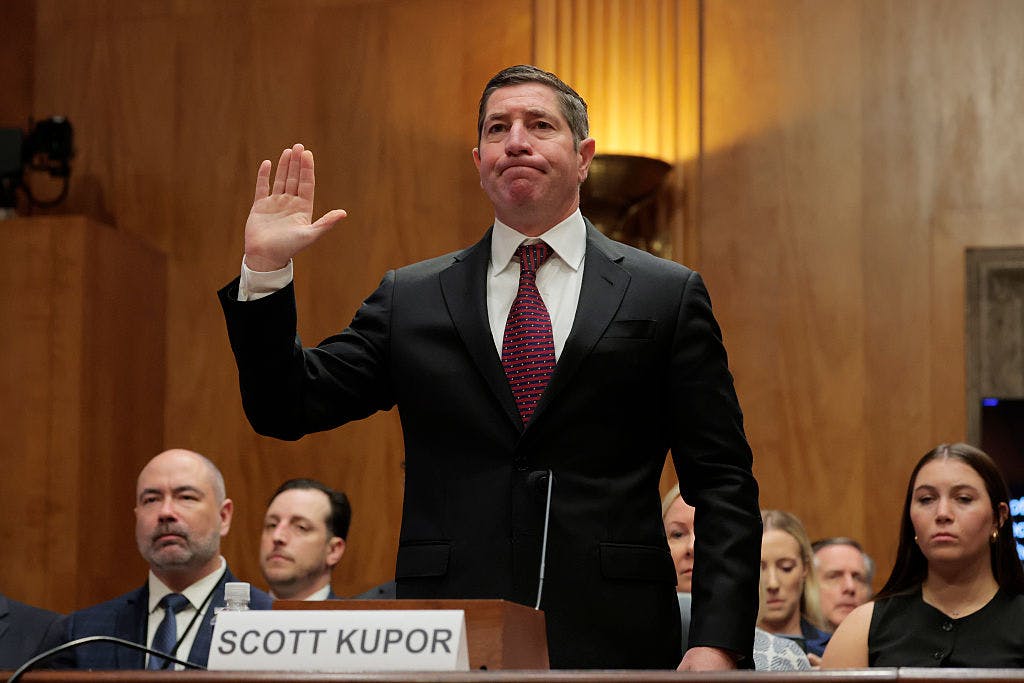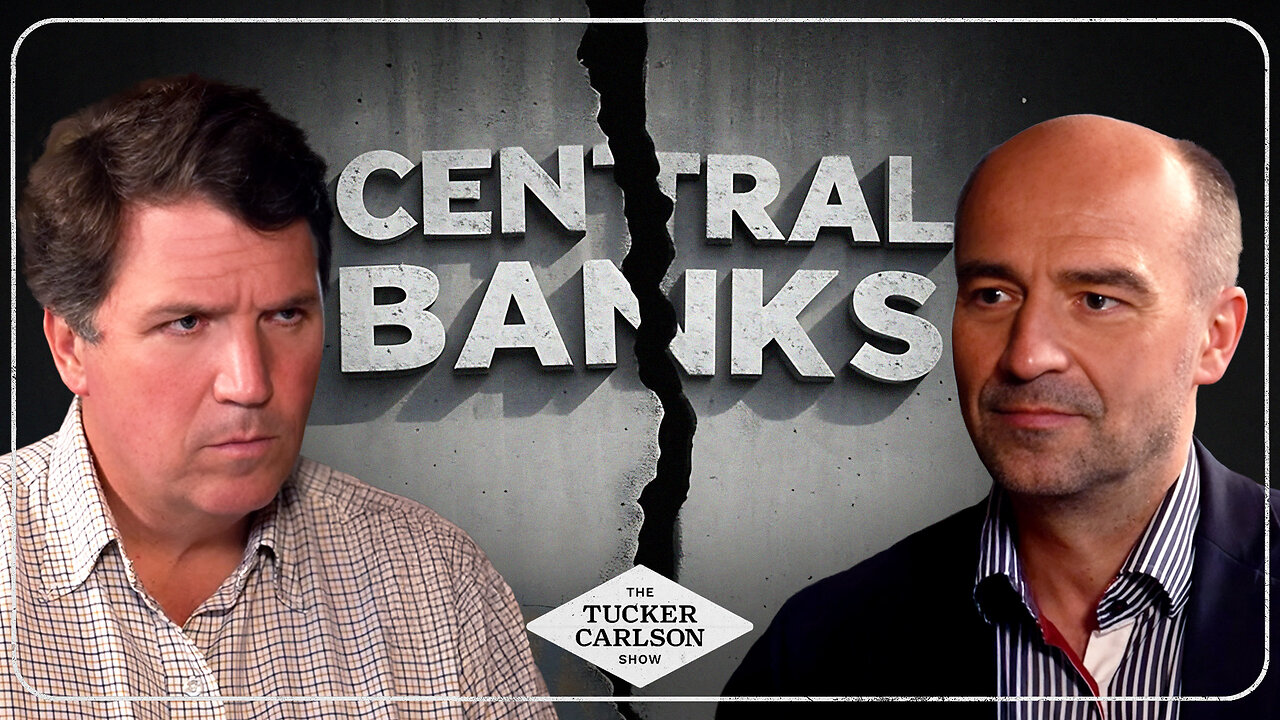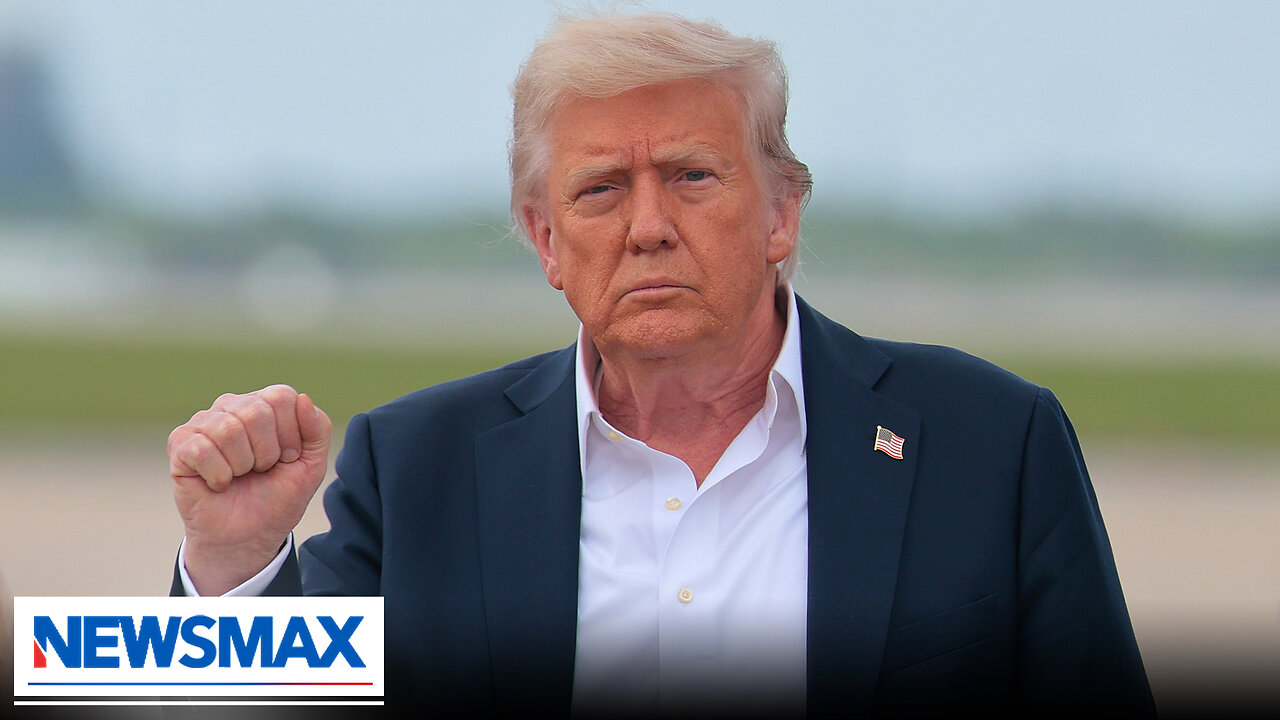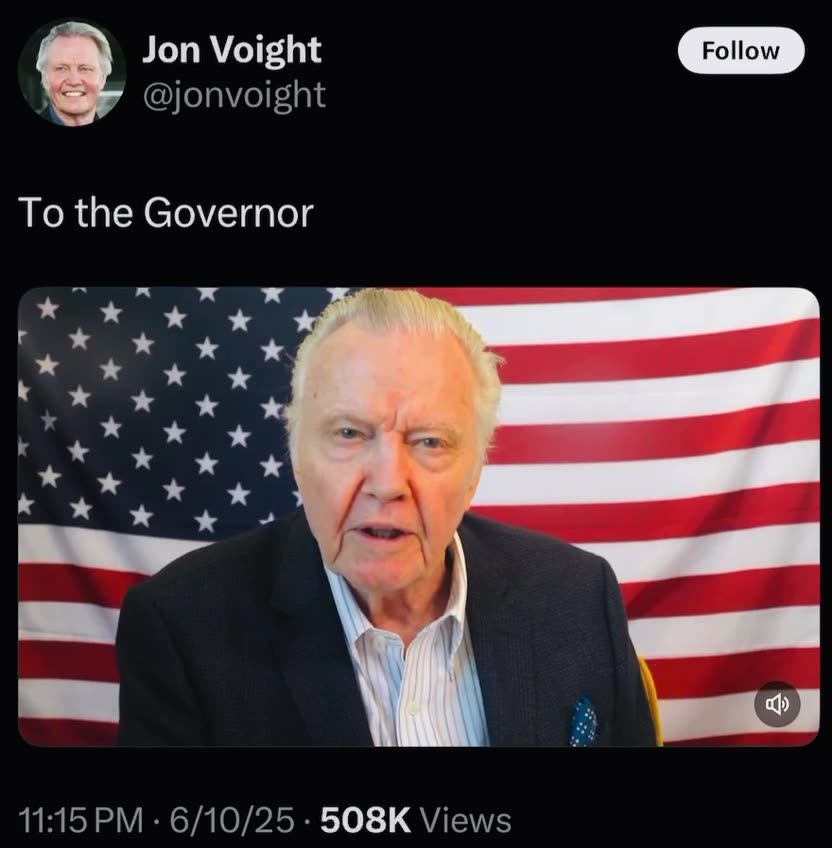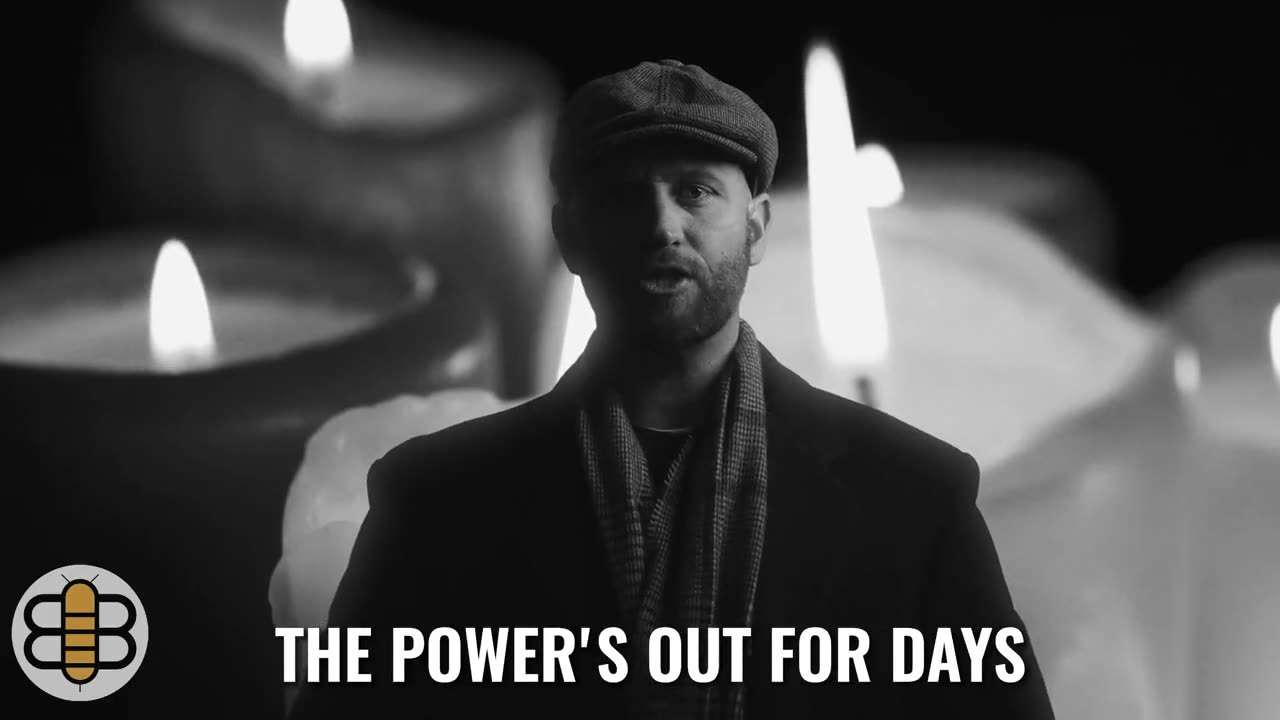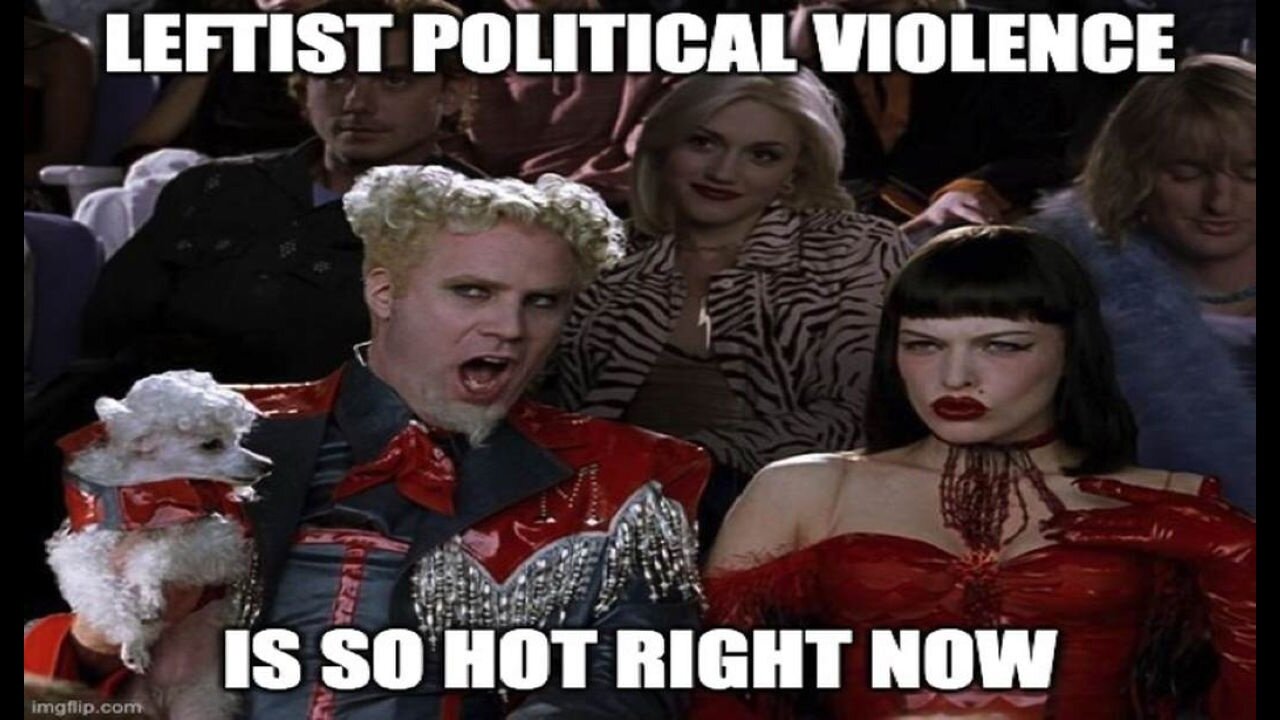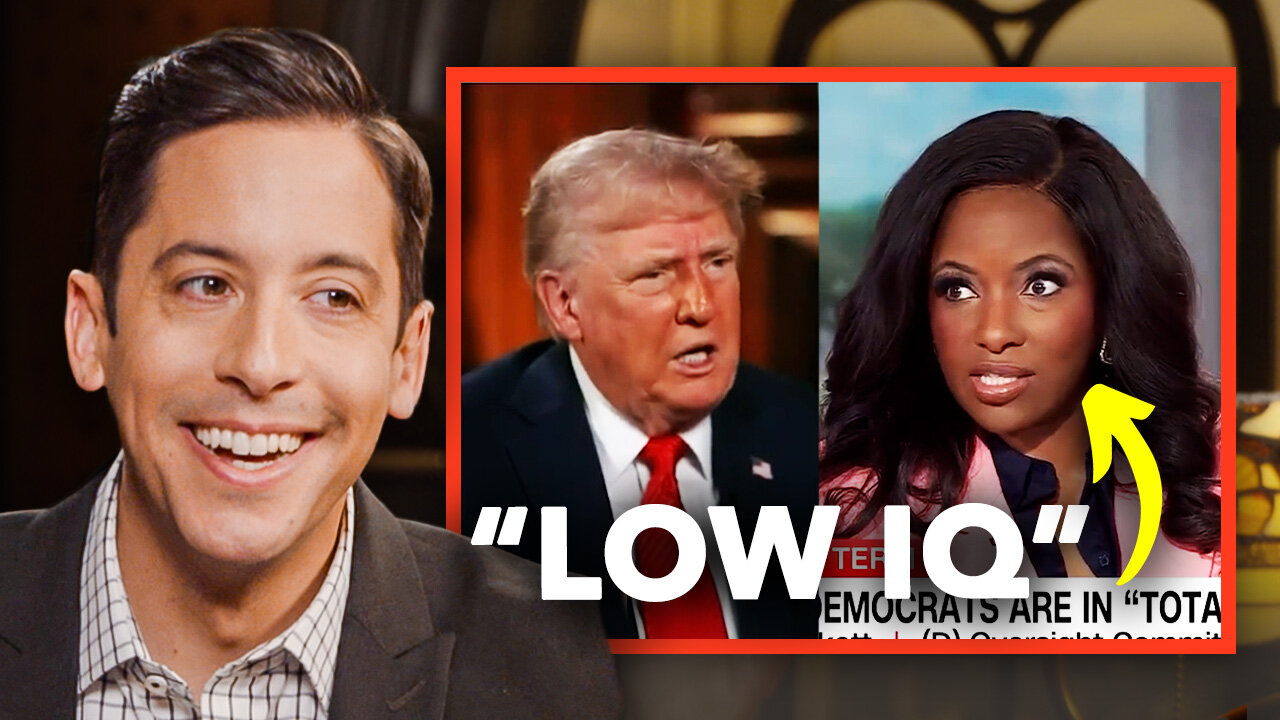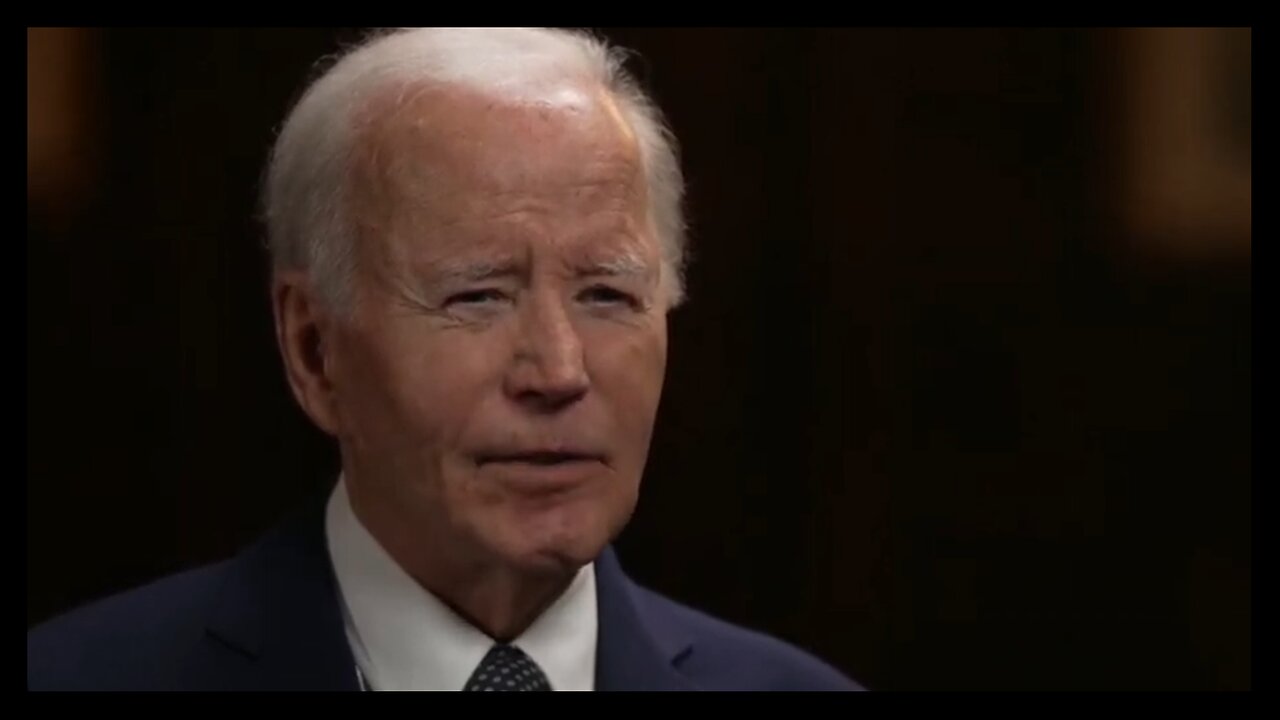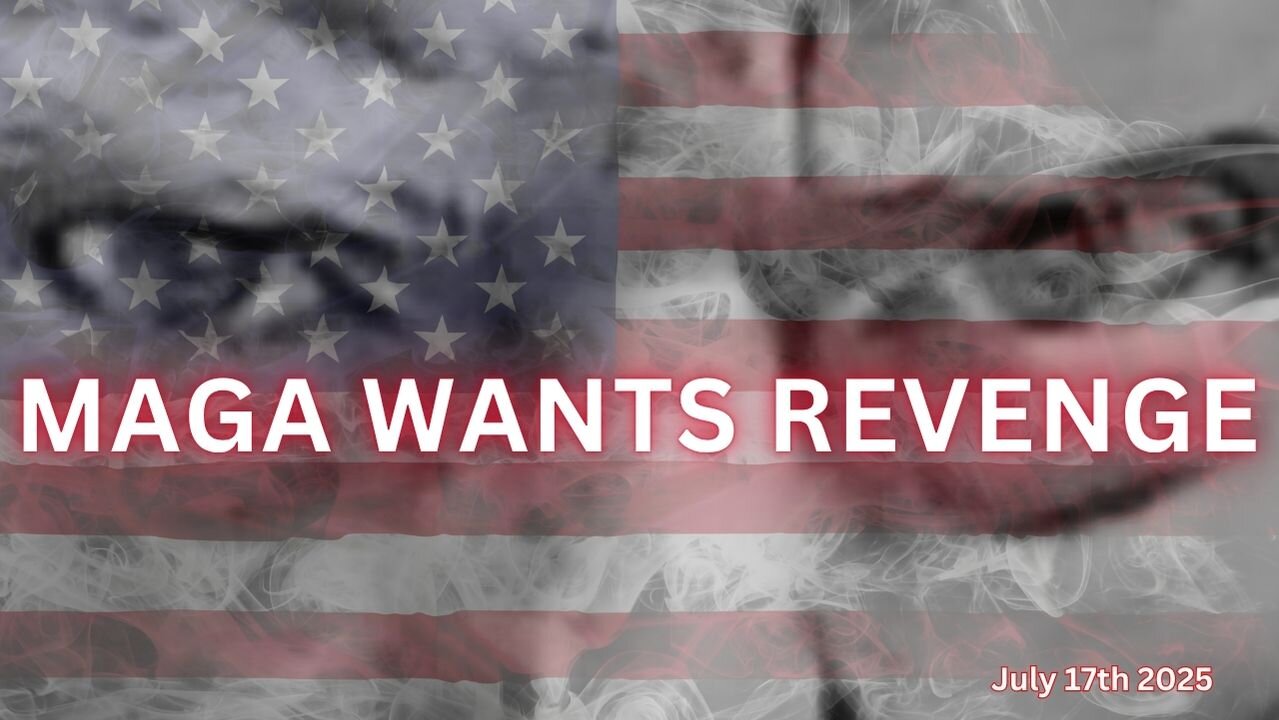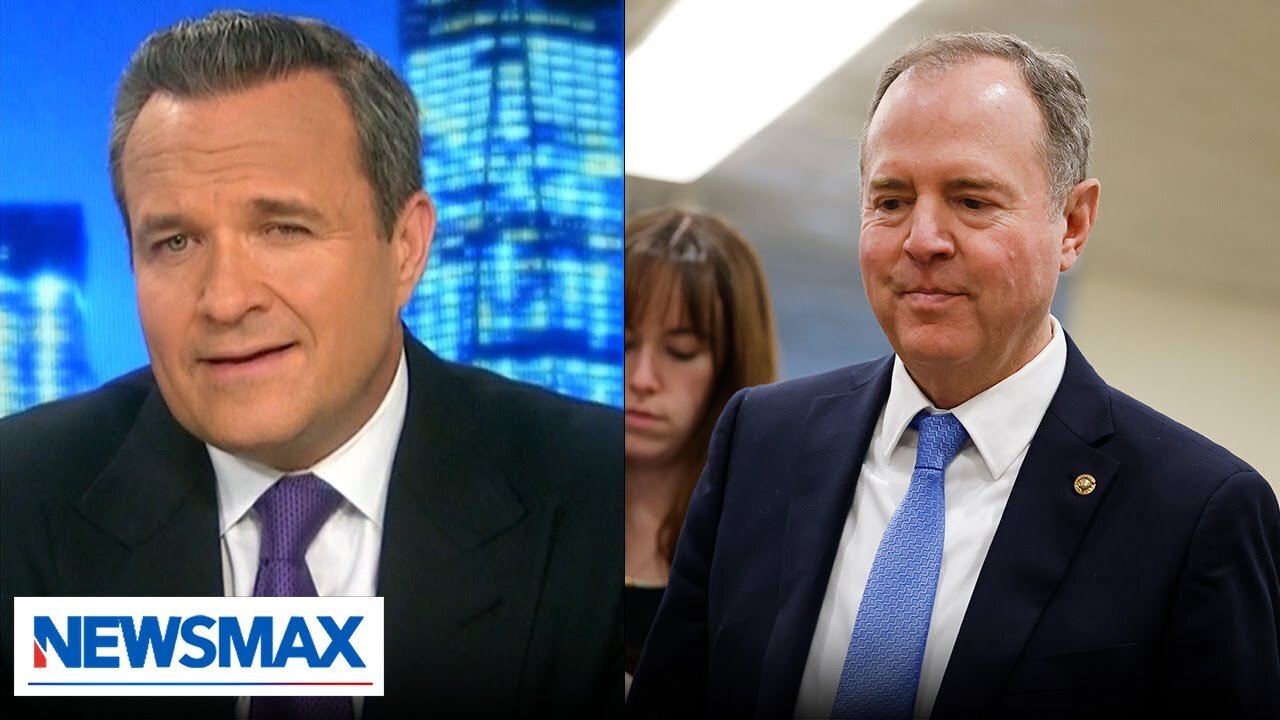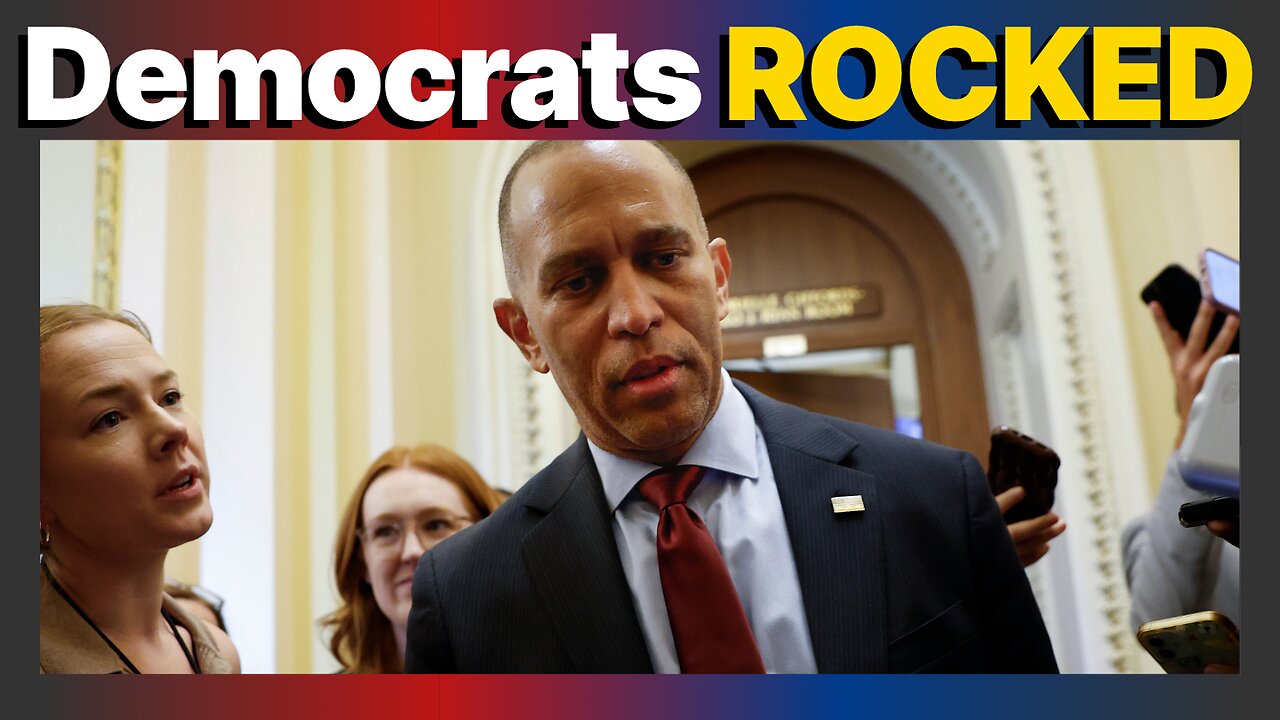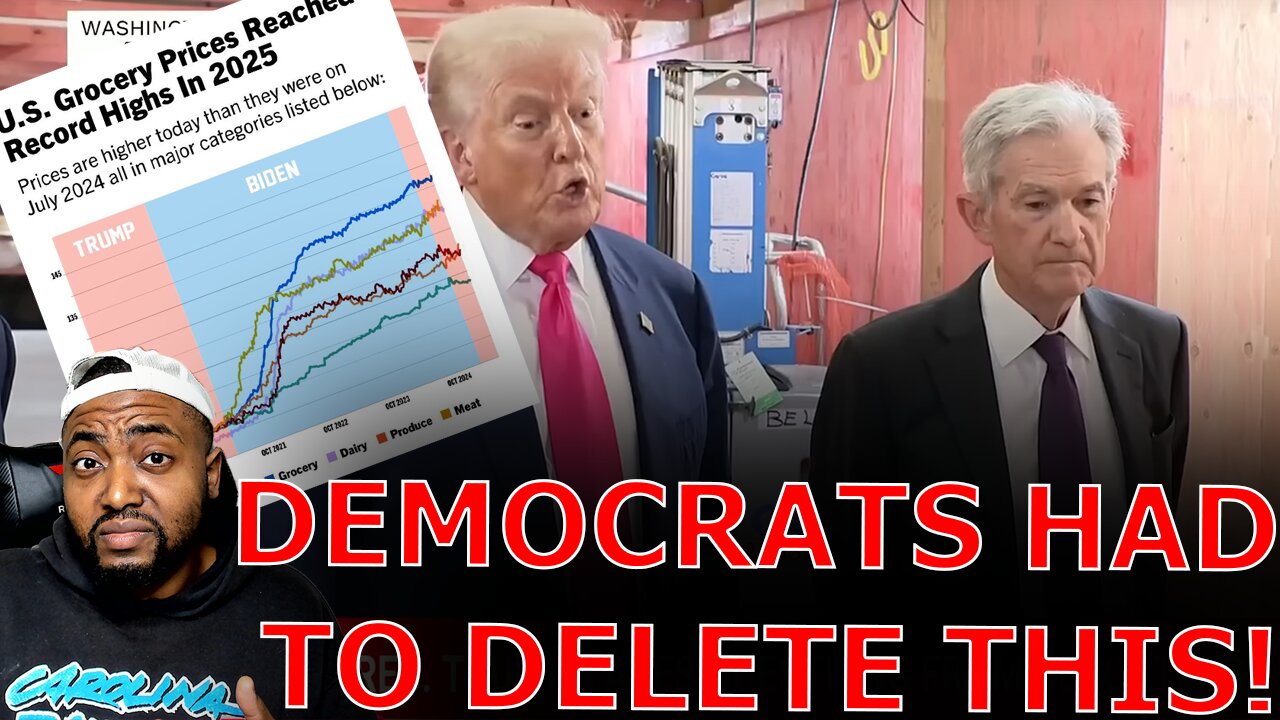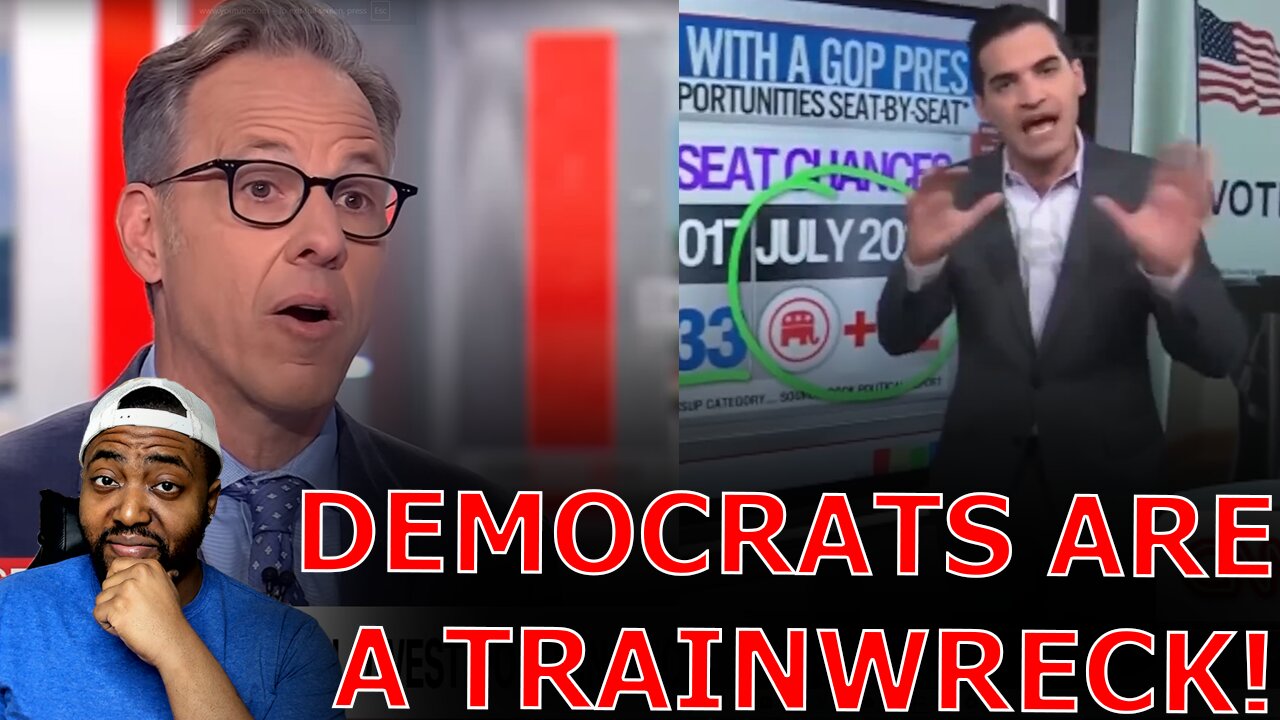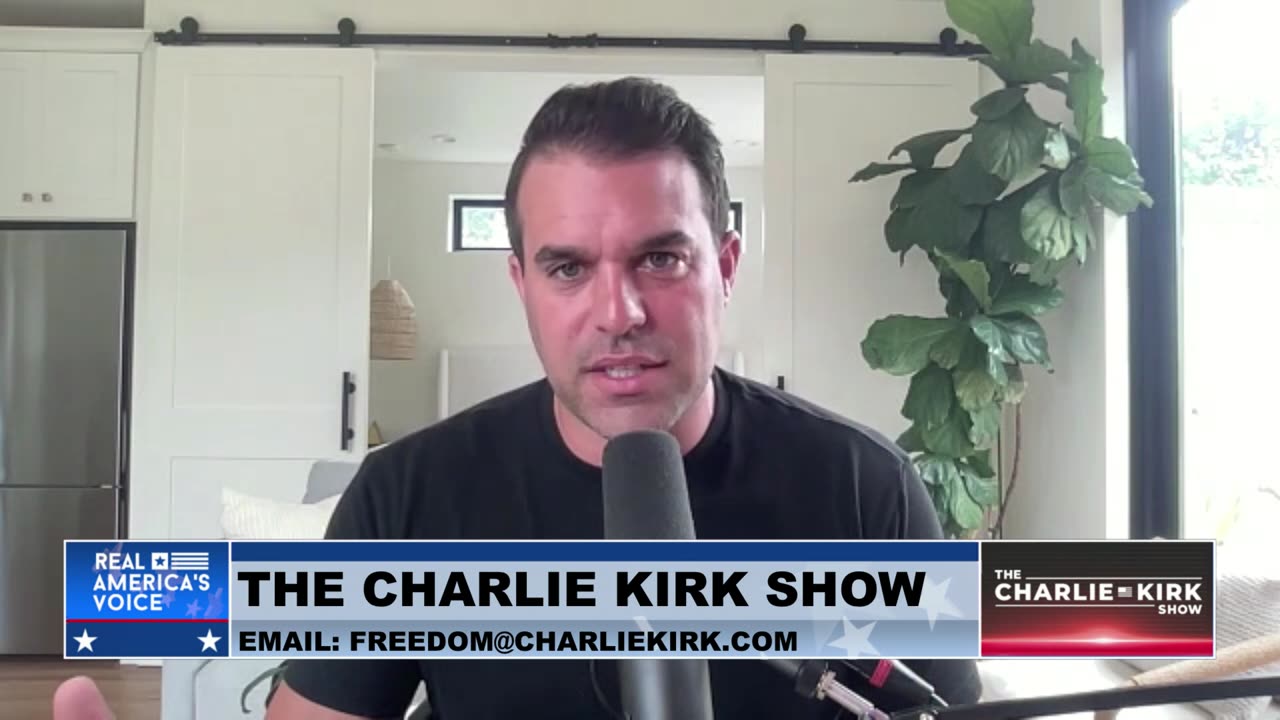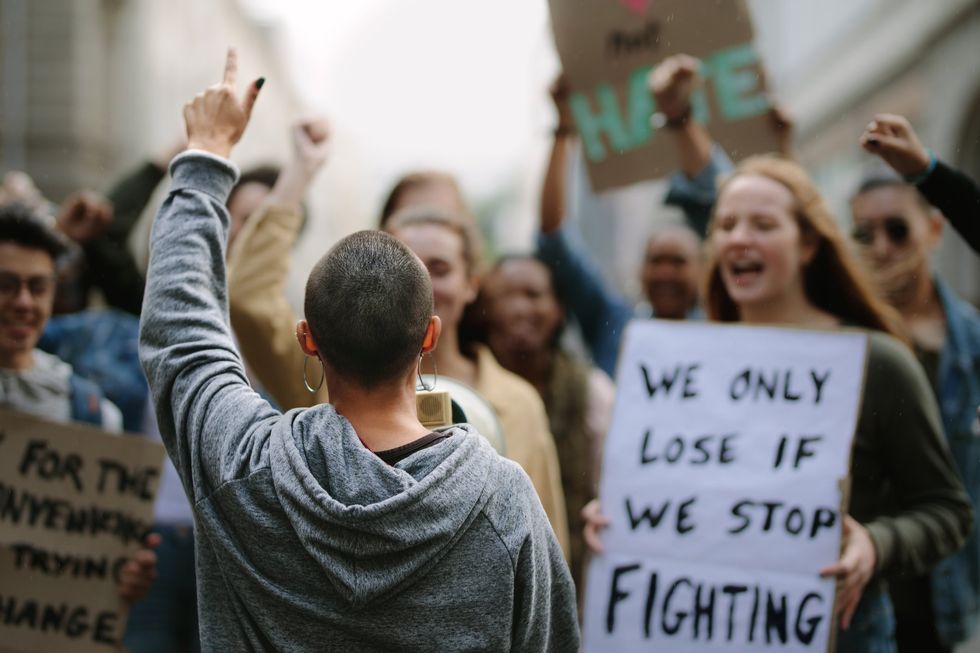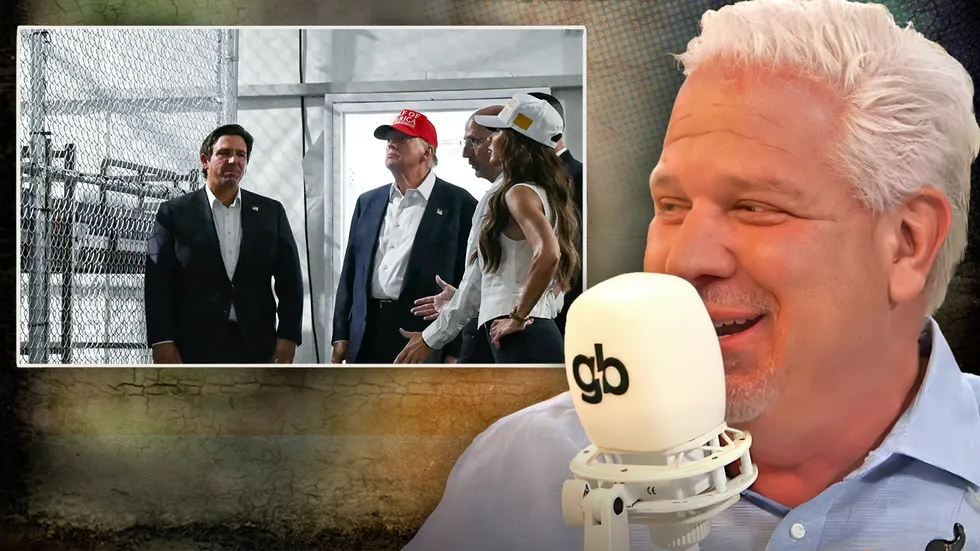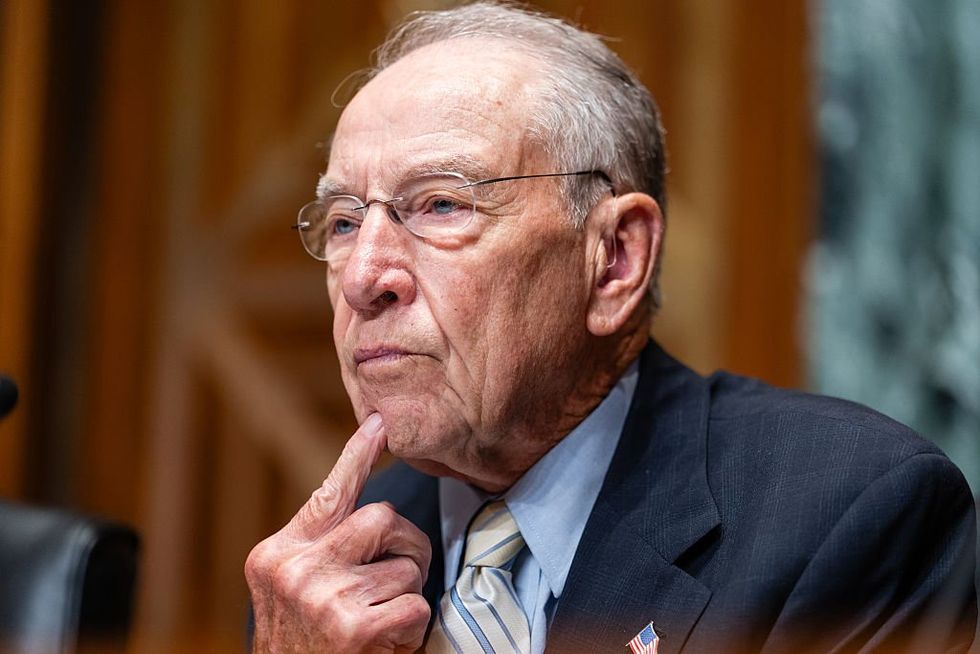In New Record Low, Unionization Rate Falls to Single Digits in 2024
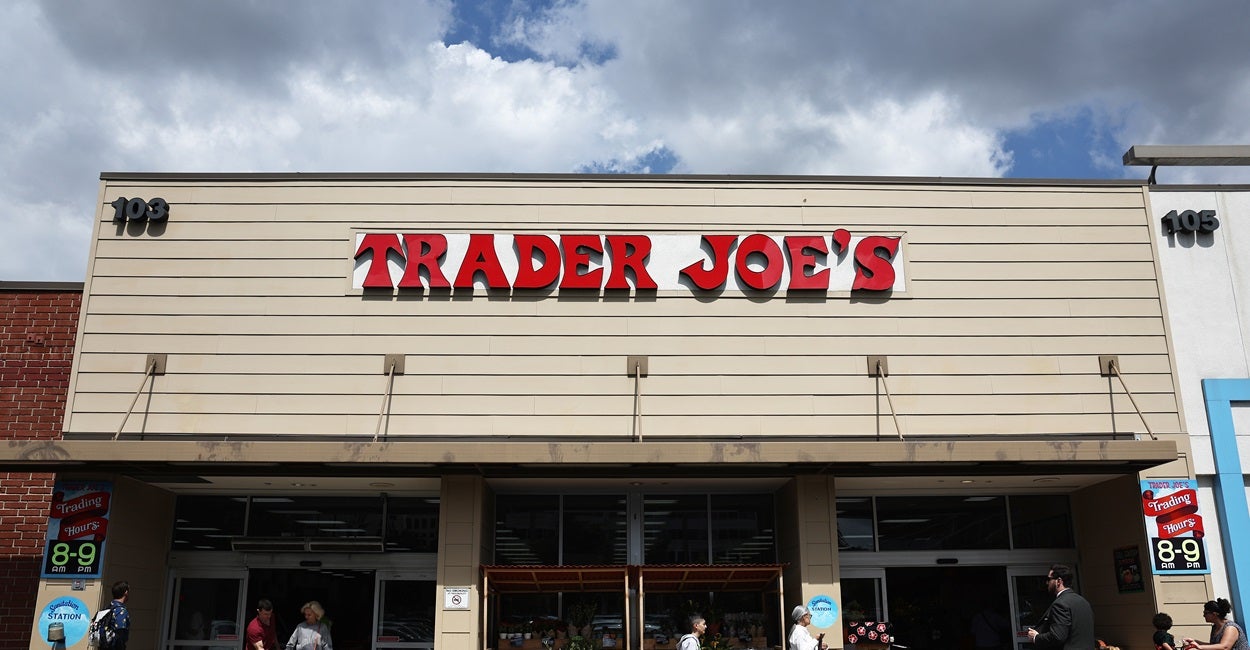
Despite the Biden-Harris administration’s “whole-of-government” attempt to increase unionization, the percentage of American workers belonging to unions notched down each of the past four years of their administration.
Marking yet another record-low, 9.9% of American workers belonged to unions in 2023. This follows a steady decline from 13.4% at the turn of the century in 2000, and from a high of about 33.5% in the mid 1950s.
While the media reports have documented new unionization efforts—including some successes—in recent years, those newly-unionized jobs haven’t been enough to replace unionized job losses and other workers choosing to ditch their unions.
For example, roughly 22,000 unionized workers lost their jobs at the then 99-year-old Yellow Trucking company when, despite the company’s offer of a substantial pay hike, their union blocked Yellow from implementing a modernization plan that was necessary for its survival.
The 2018 Supreme Court decision in Janus v. AFSCE also contributed to a decline in unionization by preventing public sectors workers from being forced to join a union as a condition of employment. Workers in right-to-work states also have that same freedom, and consequently only 5.5% of workers are unionized in those states, compared to 13.2% in states that force private sector workers to join the union as a condition of employment.
While the record-low unionization rate suggests that the Biden-Harris administration was unsuccessful in its efforts to increase unionization, the reality is that unionization almost certainly would have declined even further absent the Biden-Harris administration’s actions to tip the scales in unions’ favor.
In particular, the Biden-Harris administration made it difficult or impossible for workers to get rid of unions they no longer want and changed the rules governing union elections to restrict workers’ freedoms and rights to not join a union.
For example, longtime employees of the first Trader Joe’s store to unionize in Hadley, Massachusetts were quickly frustrated by the union that was supposed to represent them but instead silenced them—including asking security to escort them out of a negotiation session. When many other Trader Joe’s employees also realized the union wasn’t providing them anything new and was instead creating a divisive and inhospitable work environment, a group of 46% of the workers petitioned the National Labor Relations Board to for a decertification election, to let employees vote on whether or not to get rid of their union.
Despite the fact that workers had well over the 30% of signatures necessary for a decertification election, the National Labor Relations Board denied their request, saying that Trader Joe’s was under investigation for unfair labor practices. According to Michael Alcorn and Leslie Stratford, two Trader Joe’s employees leading the decertification attempt, “The company is accused of everything from having an ‘overly broad’ dress code to giving one of our coworkers a ‘negative appraisal’.” Most of the allegations were from years prior, before workers unionized.
As Alcorn and Stratford wrote, “If the mere allegation prevents us from holding a decertification election, it’s hard to see an election ever moving forward. … It’s hard not to conclude that the NLRB cares more about protecting unions than it does about workers’ rights.”
The issue at hand for these Trader Joe’s employees and many other workers across the country is that the Biden-Harris administration’s National Labor Relations Board reinstated so-called “blocking charges” whereby unions can strategically file unfair labor practice allegations against employers to indefinitely delay elections (both unionization and decertification) if they do not believe the results will go their way.
Trader Joe’s employees are among many who have been denied the right to vote their unions out. Starbucks reported in February 2024 that workers at 27 of its stores had filed decertification petitions, but the National Labor Relations Board had not allowed any of those elections to take place and had dismissed some workers’ petitions outright.
In addition to preventing workers from escaping unions they no longer want, the Biden-Harris administration also made it easier for workers to be forced into unions they don’t want. For example, the NLRB also issued a new regulation that prevents workers from requesting the right to a secret ballot election if their employer voluntarily agrees (or is pressured into accepting) unionization without workers having the opportunity to vote in a secret ballot election.
And the Biden-Harris administration’s NLRB issued a decision that undid 76 years of precedent and which restricts employers’ free speech rights by preventing them from holding so-called “captive audience” meetings to provide workers with important information about unionization, including their legal rights.
As the Big Labor movement has shifted its focus from providing things that attract workers to want to join unions and is instead using politics and power to force more workers into unions, workers are losing out. Over the past five years, union wages grew 5.7 percentage points less than nonunion wages (22.7% nominal growth for union workers versus 28.4% for nonunion workers).
And unions’ historic wage advantages—the difference between earnings of union vs. nonunion workers—has been declining across most industries. In manufacturing, it has almost disappeared, and in wholesale and retail trade, union workers make less than nonunion workers.
The continued decline in unionization in the U.S. despite government efforts to force more workers into unions demonstrates the diminishing value of unions. But workers still desire upward mobility and a voice in the workplace, which unions could provide if they adapt and change their divisive, top-down, one-size-fits-all methods.
By focusing on individual workers’ desires and on helping workers achieve long-term wage gains through increased productivity (which require allowing technology and automation that enhance productivity), unions could begin to reverse their decline. And policymakers can help prioritize workers’ rights and voices by allowing voluntary labor organizations and reducing government-imposed barriers to work.
The post In New Record Low, Unionization Rate Falls to Single Digits in 2024 appeared first on The Daily Signal.
Originally Published at Daily Wire, Daily Signal, or The Blaze
What's Your Reaction?
 Like
0
Like
0
 Dislike
0
Dislike
0
 Love
0
Love
0
 Funny
0
Funny
0
 Angry
0
Angry
0
 Sad
0
Sad
0
 Wow
0
Wow
0

